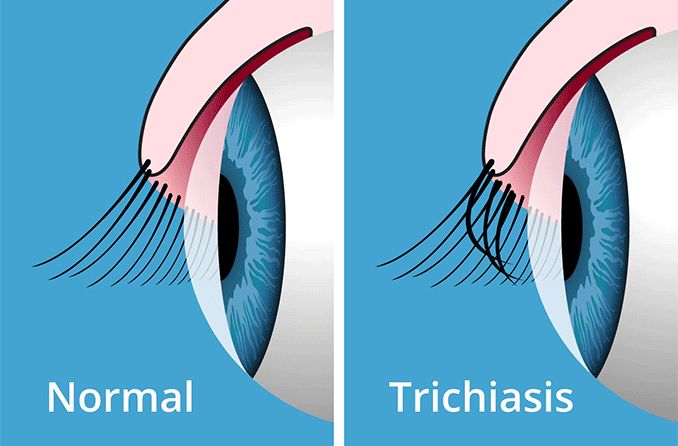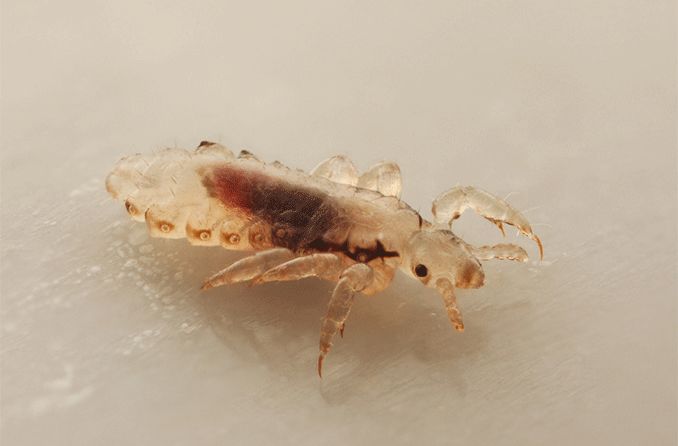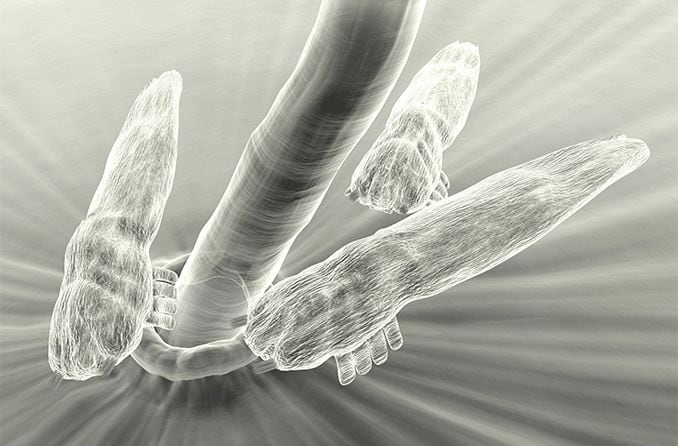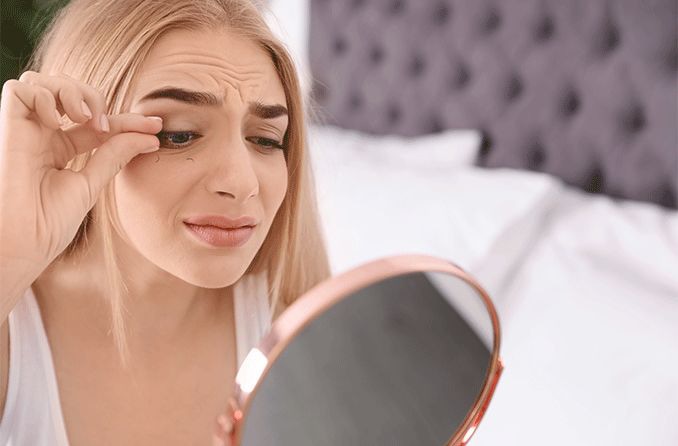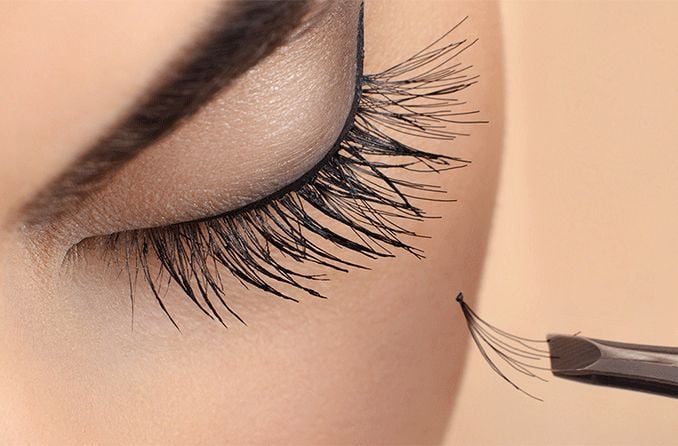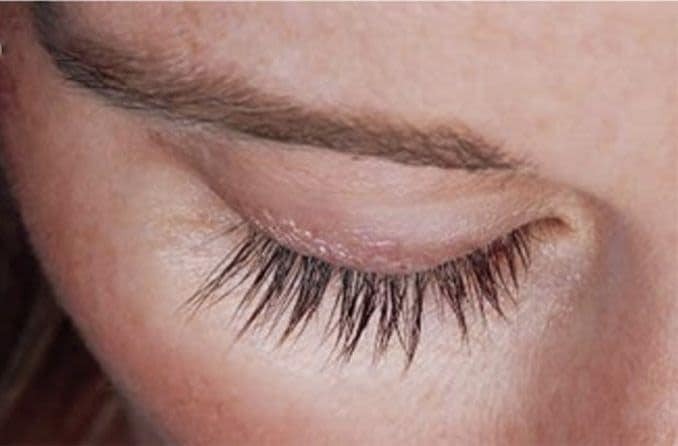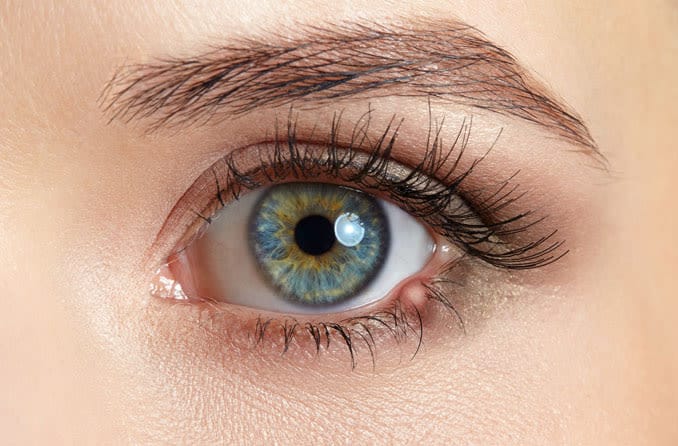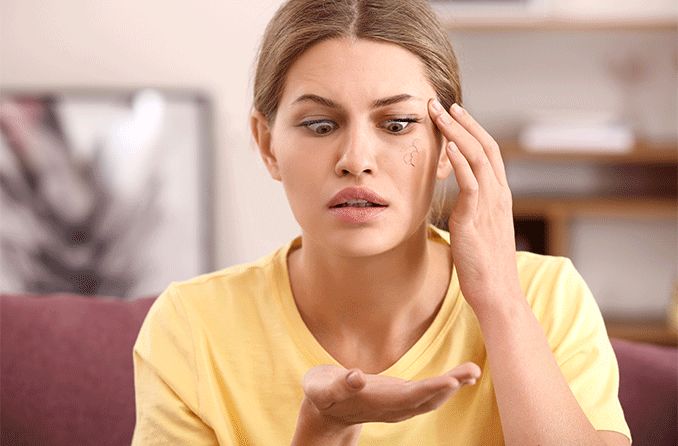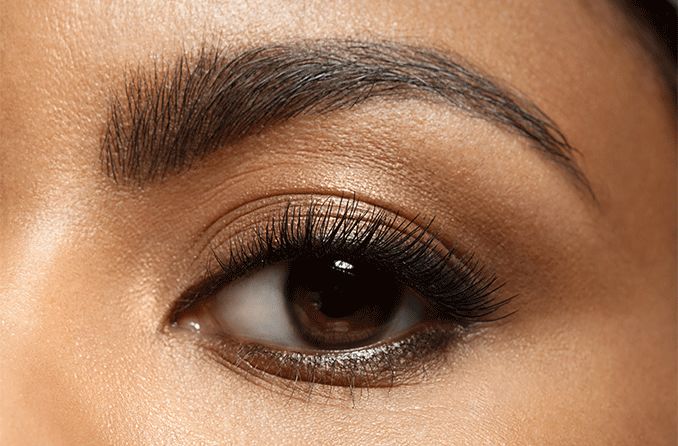Trichiasis (pronounced trih-KYE-uh-sis) is a condition in which eyelashes grow back toward the eye instead of outward. This causes the lashes to rub against the eye’s cornea or conjunctiva, creating irritation.
Treatments and management of trichiasis vary and include applying warm compresses, ablation surgery or electrolysis. The right treatment for you will depend on the severity of your symptoms.
What is trichiasis?
Trichiasis is a condition of abnormal eyelash growth — meaning the eyelashes grow inward, which leads to irritation of the eyeball. It can occur on either the upper or lower eyelid.
This condition can be caused by a number of factors, including eye infection, certain eye conditions, trauma and even the aging process.
While it can affect children, trichiasis is more commonly found in adults, as it’s sometimes related to changes that occur to the eyelids and the eyelid margins during aging.
What causes trichiasis?
Trichiasis affects people differently, and there is no single cause. Some common reasons for ingrown eyelashes include trauma to the eye (such as a burn), inflammation of the eyelid due to bacterial infection and autoimmune disorders.
Certain eye conditions can also increase your chances of ingrown eyelashes because they change the shape of the eyelid, which can misdirect where (and how) your lashes grow.
While the causes of trichiasis vary, some of the most well-known include:
- Chronic blepharitis makes the eyelid red and swollen because the oily bacteria and skin particles cover the eyelid margin near the base of the eyelashes, leaving them crusty. This may contribute to clogged follicles that don’t allow the eyelashes to grow properly.
- Entropion is caused by aging tissues and muscles around the eye, which cause the lower eyelid to fold inward. This can force the eyelashes and skin around the eye to touch the surface of the eyeball.
- Trachoma is caused by the bacterium Chlamydia trachomatis (commonly called chlamydia) and can spread easily through direct personal contact and shared towels. This condition can scar the cornea — and the scarring, in turn, can affect where and how the eyelashes grow — and lead to blindness if left untreated.
- Epiblepharon is a developmental disorder that usually affects East Asian children and young adults. It causes the skin around the eye to fold, pushing the eyelashes into a vertical position, where they scratch the cornea and the conjunctiva.
- Herpes zoster eye disease, also called shingles of the eye, can appear on the face and eyelids. Since the eyelids are thin, this condition can scar them and additionally affect the eyelashes and corneas.
- Distichiasis occurs when an extra row of eyelashes develops and grows inward, causing irritation when they rub against the eye.
Ingrown eyelash symptoms
If you have trichiasis, you may experience the following symptoms:
- Foreign object sensation
- Watery eyes (excess tearing)
- Red eyes
- Photophobia (light sensitivity)
- Irritation
- Eye pain
Left untreated, this long-term rubbing against the cornea and inner eyelid can lead to a corneal abrasion or a corneal ulcer.
Trichiasis or a stye?
Trichiasis is the term for when an eyelash grows toward the eye rather than away. And, if an ingrown eyelash becomes infected, it may resemble a stye, which presents as a tender, pimple-like, red bump on or near the edge of the eyelid.
Caused by Staphylococcus (staph) bacteria, a stye is an infection that starts in the nose and transfers to the eye when rubbed, typically occurring at the base of an eyelash follicle or within one of the eyelid’s oil glands.
While active, it’s possible for a stye to cause misdirection of the eyelashes on the affected eye, but styes usually heal on their own after a few days without complications.
Trichiasis treatment
Mild cases of trichiasis can often be managed at home with:
- Eye drops — To reduce the irritation and protect the eye’s surface from further damage, try using eye drops (preferably with medium to high thickness to ensure they will successfully remain on the eye).
- Ointments — These work well to protect the eye at night when sleeping, but tend to blur the vision during the day.
- A warm compress — This involves soaking a clean cloth in warm water and applying it to the irritated area for ten minutes; a compress can provide relief, but won’t remove the ingrown eyelash.
Your eye doctor can remove a misdirected eyelash with tweezers by firmly grasping the eyelash at the shaft and pulling the follicle at the root. It’s important that the eyelash is pulled completely out, not allowing the hair to break or leave any uncomfortable pieces remaining.
This is a temporary solution because eyelashes regenerate on a cycle that lasts between four and six weeks. There is a risk that the eyelashes will grow back in the same wrong direction.
More serious cases of trichiasis might require surgery or a hair-removal procedure, such as:
- Ablation surgery — During this procedure, the eye area is numbed, and lasers or radio frequencies are used to permanently remove the affected eyelashes and hair follicles.
- Electrolysis — A high-frequency electrical current removes a select number of eyelashes. In this procedure, each lash must be treated individually, which makes it a time-consuming process.
- Cryosurgery — With cryosurgery, the eyelashes are frozen and removed with liquid nitrogen. It can cause blisters and scarring and pose other risks.
When to see a doctor
Regardless of the cause, ingrown eyelashes can be painful and even affect your vision — especially if your eyes become inflamed or sensitive to light as a result.
It’s important to visit an eye doctor if you suspect trichiasis is the reason for your eye irritation or other symptoms. They can diagnose your condition and recommend treatment options, including home remedies to help alleviate discomfort or medical procedures for more serious issues.
READ NEXT: Trichotillomania (Hair-Pulling Disorder)
